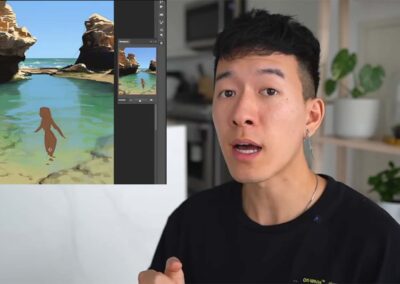It’s not often you get to chat with two incredibly inspiring artists from DreamWorks Animation (who also happen to be siblings). So when the opportunity arose, I gathered all my burning questions and sent them off to the Copeland brothers. What I received back was a treasure trove of valuable advice for prospective animators. Check out the full interview below, where Justin and Chris give us the scoop on everything animation — from breaking into the industry to tapping into your own unique story.
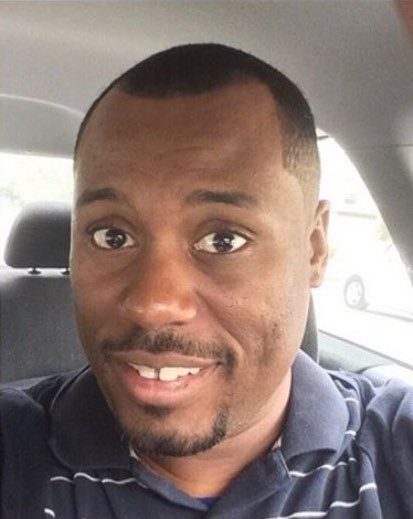
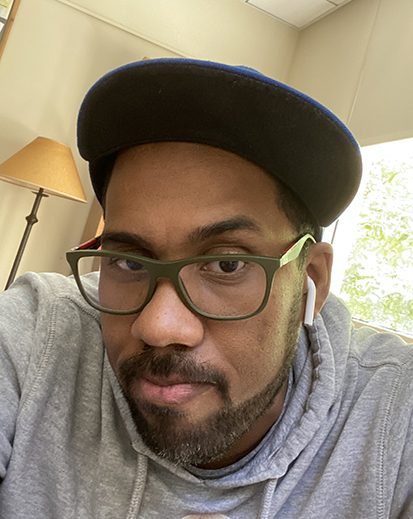
Would you say your path to being a professional artist was fairly straightforward?
JC: I don’t think that anyone’s career path is straightforward. My goal is to direct gigantic live action blockbuster movies and right now, I direct animated features. I started off thinking that I could break into comics, then transition into film. However, I couldn’t get a job in comics, so I followed my brother into animation. The idea is to enjoy, learn and grow with each stop along the way. Remaining positive and adjusting your expectations is also a good way to keep your spirits up.
CC: NOPE! Honestly, I agree with Justin on this one, I don’t know if I believe there is a straightforward path. I think the intricacies of us all as artists and our life experiences are so different and varied. I feel like mine was as bananas or weird and interesting as other artists in their own unique ways. I drew a LOT, and I knew that whatever I would end up doing, it would be drawing to some capacity, and I did that a ton in preparation for whatever happened. From there, all of “the life stuff” happened, and when animation became a love and passion career goal, I was at least artistically ready to embark.
Could you both describe a day in the life at DreamWorks in your respective roles?
JC: Pre-COVID, I usually got to the studio at around 8:30. I’d have breakfast, or just spend the morning checking emails that I’d missed the previous evening. It’s a nice quiet time. Right now, we are developing an animated feature, and the first year consists of figuring out what the story is, or could be, who the characters are, the look of the film, themes, etc. So, our days are full of meetings as we try to determine each of those things. On top of our feature work, we are also developing a couple of tv shows, so there are similar meetings on that side as well. My favorite meetings are with our modelers. You do a drawing, then you give it to one of these world class designers and they turn it into a something amazing! In between all of the meetings, we have our own drawing responsibilities and have to somehow find the time to get it all done. DreamWorks is also a studio that likes to celebrate, so there is always something happening on campus that we’ll attend as well. That time doing other things is SUPER important. Hard work is important, but building good relationships is the best part of working at the studio and those parties are a blast!
During COVID, it’s all of the same meetings, and not much of the social atmosphere. We also have meetings that we wouldn’t normally have if we were all together on campus. Normally our production supervisor would just drop by the office and we’d chat. Now it’s a meeting. Earlier on, all of the online meetings were a downer for me. But now I think we’re all used to it. I think that because of the nature of online meeting, we’re all getting really accustomed to listening to each other, which is great.
CC: Yeah, with COVID, things look very different in some ways, and very much the same in others. Lots of meetings is and ALWAYS has been the norm. Pre-COVID, you’d be walking in the hallway, and the production person would walk by and say, “Hey, can we get your thoughts on this design?” or whatever and you’d say, “Sure, blah blah blah” (not exact terms, but you get it :)) and that was the meeting. Now, with the WFH (work from home) in place, those little passing interactions have to be on the calendar, so you have some 8-10 meetings a day with these elements that are really vital and important elements to developing the movie. But as Justin said, we are in the story mode right now, so it’s a lot of meetings with our amazing writer and our amazing production team figuring out character arcs and story direction. We also spend a lot of time with our art director looking at some of the stuff that our development team is putting together, and having more conversation about those elements and ideas. I spend a lot of time drawing and pitting notes and thoughts down. I have a vision for so much of what we are building, so I like to spend time expressing that through my drawings and notes. Justin and I are very collaborative, but very individualistic in our creativity. So it’s spending a lot of time creating as much as we can individually, and then spending as much time with our team, knowing that in their creative outlets is where the magic exists.
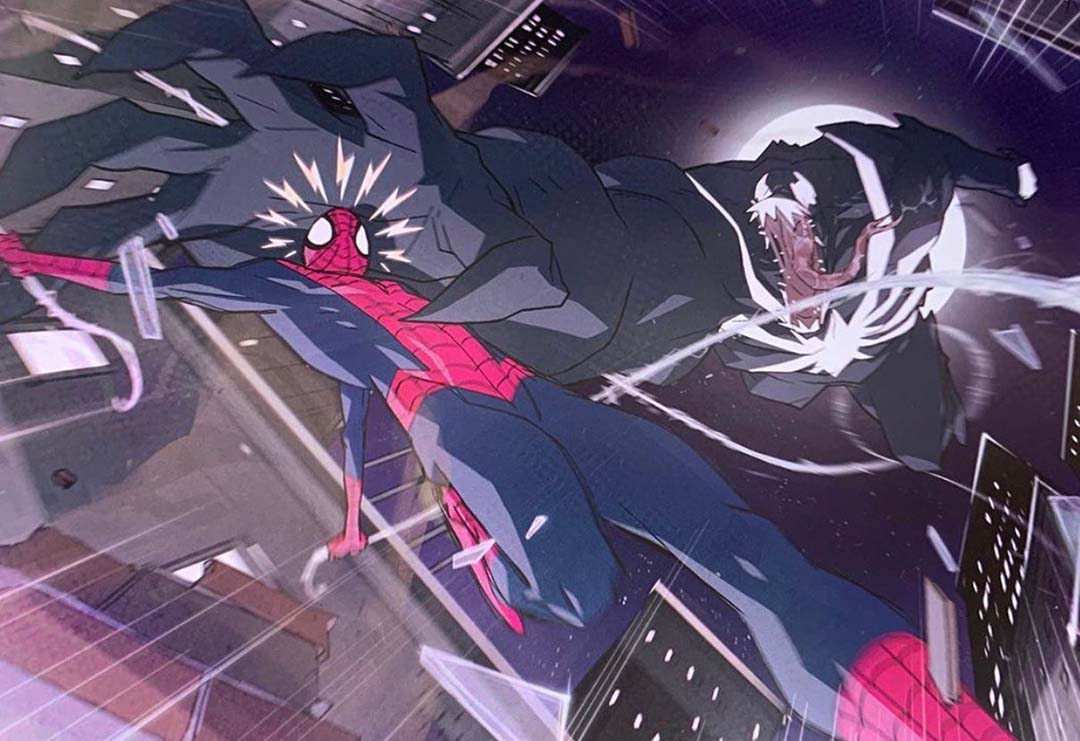
What kinds of software and equipment do you use in your field?
JC: When boarding, I most often work in Storyboard Pro but will sometimes board a scene in Photoshop. I also love to use 3D environments in my boards, so I use SketchUp and am learning Blender. When on campus, I work on a Cintiq Pro 24, and at home I work on the Pro 16. It’s funny because right before COVID, a friend in need wanted to buy my Cintiq and since I didn’t work on it that much, I sold it! I mean, who could have known that we’d work this much at home!? The studio then loaned me the Pro 16 and I love it! I think that it’s my favorite size. It’s easy and doesn’t require anything extra like a base or an arm.
CC: Toon Boom Storyboard Pro on my 24in Wacom Cintiq Pro is my go-to for about 80% of my actual drawings, from storyboards to design, and yes, I do a lot of my designs in the program, I love the vector brushes. I use SketchUp Pro as well to build basic models for use in my storyboards, and of course Photoshop finds its way in to my life pretty consistently as well.
How and when did you come to feel that you were successful in your creative careers?
JC: For most young or aspiring artists, breaking into the industry probably seems like the greatest feat of all time, but honestly, while it is DIFFICULT, it’s the easiest part of the industry. Maintaining a job, moving up, getting that next gig and building a career is, to me, the most difficult part of working in a professional industry. Once I was able to sustain myself and get that second job at Cartoon Network, then move on to Marvel all those years ago, I considered myself successful.
CC: When I got in — that might sound weird, but I knew with where we come from (a very tough and grind-it-out dynamic that our Chicago-based family had to navigate) and making it this far out of the box, that I was going to go further, and that I would stop at nothing to do things BIG. I have ADHD like most artists I know, so my mind is always in 9,000 different places; I’m always dreaming while wide awake. As soon as I got into animation, I began dreaming about the steps and the pursuits, and for me, that was a good sign for sure that I had made it, and that success was about to be more in the shape of my imagination as opposed to a certain, specific pursuit. That feels very good and exciting.

Is there a certain place you go for inspiration?
JC: Inspiration for me doesn’t really come from being in a certain place. I get inspired by seeing and being a part of what’s going on around me. I like seeing what other artists are doing. The artists that broke in a few years before us raised the bar super high, and that was inspiring. The folks coming up behind us are world class and that is super inspiring! As a director, I’m like yo, how can I tap into that energy to tell the story that’s before us in the best way possible? As a board artist, I’m like, how can I keep up with these artists that are performing on another level and don’t sleep!? It motivates me to find better ways to tell animated stories, using various technologies in a different way and move the industry forward. That’s inspiring to me.
CC: Yeah, my phone, lol. Seriously, on Instagram, Twitter, Pixiv and ArtStation, there are so many amazing artists doing amazing things with the craft and pushing it to a place worth their respective imagination and ideas — it really inspires me. I love looking at good movies and shows, on loop a lot of the time. I believe in creative spaces and energy enough to feel like if I find something creatively inspiring to watch, why not watch it over and over until the energy is gone and you need to move on? So I do that a lot. Netflix has a series called “Chef’s Table” and I am so consistently inspired by the cinematography, music and the stories of these top level chefs that are highlighted in each episode. I literally have watched it on loop, every episode, so may times that it’s almost embarrassing, lol. The anime Neon Genesis Evangelion is high on my all time favorites animation list, so I watch it a lot. Anything David Fischer directed is necessary. I love good inspiring stuff, so when I find it, I consume it.
How much of your own life is reflected in your work?
JC: A lot of my life is reflected in my work now. I feel like as a director of an animated feature, we get to really develop the story. As Black men, we feel like there is so much of our lives left untold and we want the world to see the America that we come from. I think that’s what makes story unique. At the same time, even when we were just boarding, we felt like it was important to try and add our values to the characters on screen. It comes from asking ourselves, “what’s important to Bruce Wayne and what’s important to me?” I think for me personally, Bruce Wayne values justice, and I value justice, so how can I help to put that on screen?
CC: If I’m doing it right, a good amount of my life should be reflected in my work. I should be spending time finding and mining moments from my life to put on screen. There are so many things that happen to us that give us so much organic material to build and tell stories with, that in truly valuing my story and journey, I should be tapping into that. Often times, I don’t, and I want to keep getting better at reflecting my life in my work. We’ve seen and made it through some amazing and scary things in our lives that should be used to inspire people and call people to assess their situations, and see themselves overcoming those situations — at least I think so.
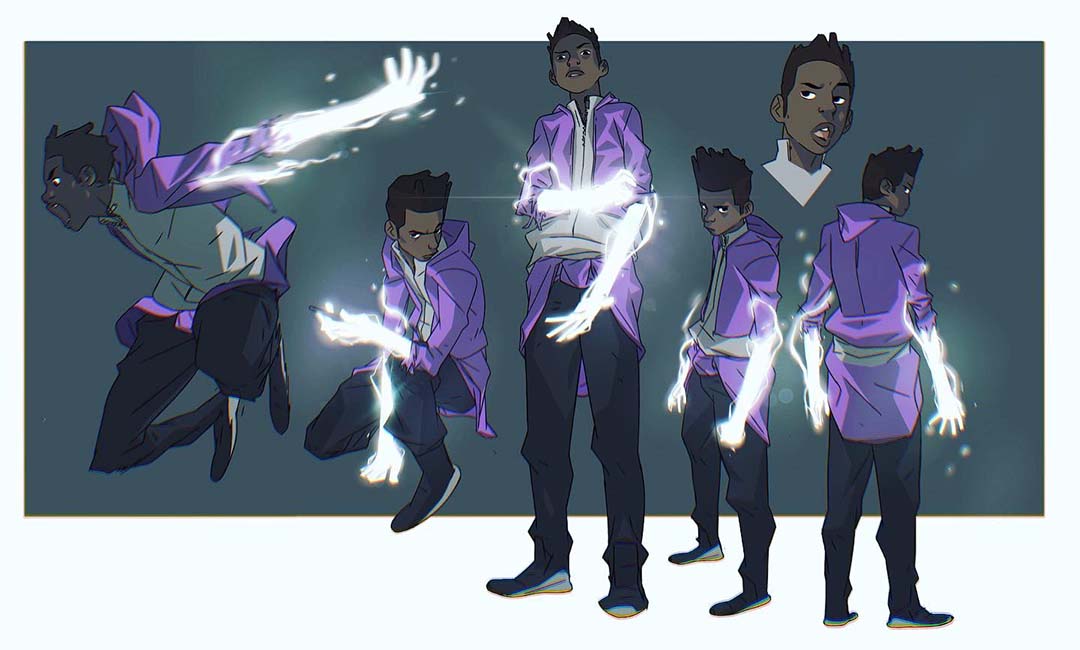
What is your most important artist tool? Is there something you can’t live without in your studio?
JC: My computer, lol. I mean, if we’re talking nuts and bolts hardware/software, I have to have a good, fast computer. I prefer to work on a Mac, but it’s not a dealbreaker to work on a PC. I HAVE to have a drawing surface and I prefer a Cintiq. I like to work in Storyboard Pro and I think that software is only just beginning to show the type of pipeline that can be achieved in all areas of the industry.
If we’re talking philosophically, my most important tool is writing. Learning the art of storytelling is so important if you want to grow. I always say that I wish that I would’ve wrote more as I was coming up.
CC: Ugh, I hope this doesn’t sound like I’m pandering, but my Cintiq is EVERYTHING to me, lol. Seriously, growing up broke as hell, the idea of having a Wacom Intuos was DREAM level — I parallel them to basketball shoes in our neighborhood. You would see them and you’d imagine what you could do on the court if you were wearing those shoes, that’s what Wacom meant to me. When I got one, it felt like I was connected to it immediately. Like a samurai and his katana, or a racer and his car, I see my Cintiq that same way, I really do. Also my iMac Pro. It’s a beast of a machine and in tandem with my Cintiq, I feel like I can create anything.
What advice would you give to someone starting out in your field during this unprecedented time?
JC: Working in animation, this industry remained SOLID, even during a global pandemic! NOW is the time to break in, in my honest opinion. Like I said before, breaking in is difficult, but it’s not impossible. I got my first gig when I was 29! But I spent my entire life learning how to draw, tell stories, learn software and learn how to work within a team! My advice would be to first, know what you want to do. So many artists, when asked what they want to do will answer, “I’ll do anything!” There are many ways to break into the industry, figure out what you really want to do. Honestly, I think that it’s best to determine your ultimate goal and then work backwards. I’ve always known that I wanted to direct. I didn’t expect to ever work in animation. I immediately recognized that storyboard artists make good directors, so I set my sights on that as a job. As I was learning how to direct live action, I wanted to see how I could apply those ideas to animation. I think that it’s made me a better director.
I consider myself a storyboard artist more than anything, so for you aspiring board artists, learn what it means to tell the visual story. Put that above everything! Drawing is important, but sometimes so much energy is spent learning to draw pretty pictures, and the story lacks. The drawings not only need to be clear, but the story needs to be powerful! I didn’t heed this advice earlier on in my career and I suffered for it.
And last, while it’s important to know that one thing that you want to do, it’s also a benefit to learn every aspect of the industry. There are many ways into a professional career and you never know what you might become attached to.
CC: FIND YOUR STORIES IN THESE TIMES!!! I had the privilege to speak to a body of animation students at Savannah College of Art and Design this year, and one of the things that I communicated to them is that their amazing story is happening, and encouraged them to resist relegating it to a formulaic output. We are experiencing a scary, and unprecedented thing right now, and on a global scale, we are united through this experience in ways that we’ve never seen before. What better time than now to assess your sense of self and build on that, and operate from that?! I don’t know that we will ever experience anything like it again in our lifetime, so seeing it that way could provide some amazing epiphanies or stories to tell or images to create. I would also tell them to keep hope. Animation production doesn’t need a set or a studio to create amazing materials, so there’s a lot of work out there to be done and know that if you can put your best foot forward, there’s a lot of great opportunity to be a part of this creative community. If a broke, high school dropout from the streets of Chicago can do it, ANYBODY can.





